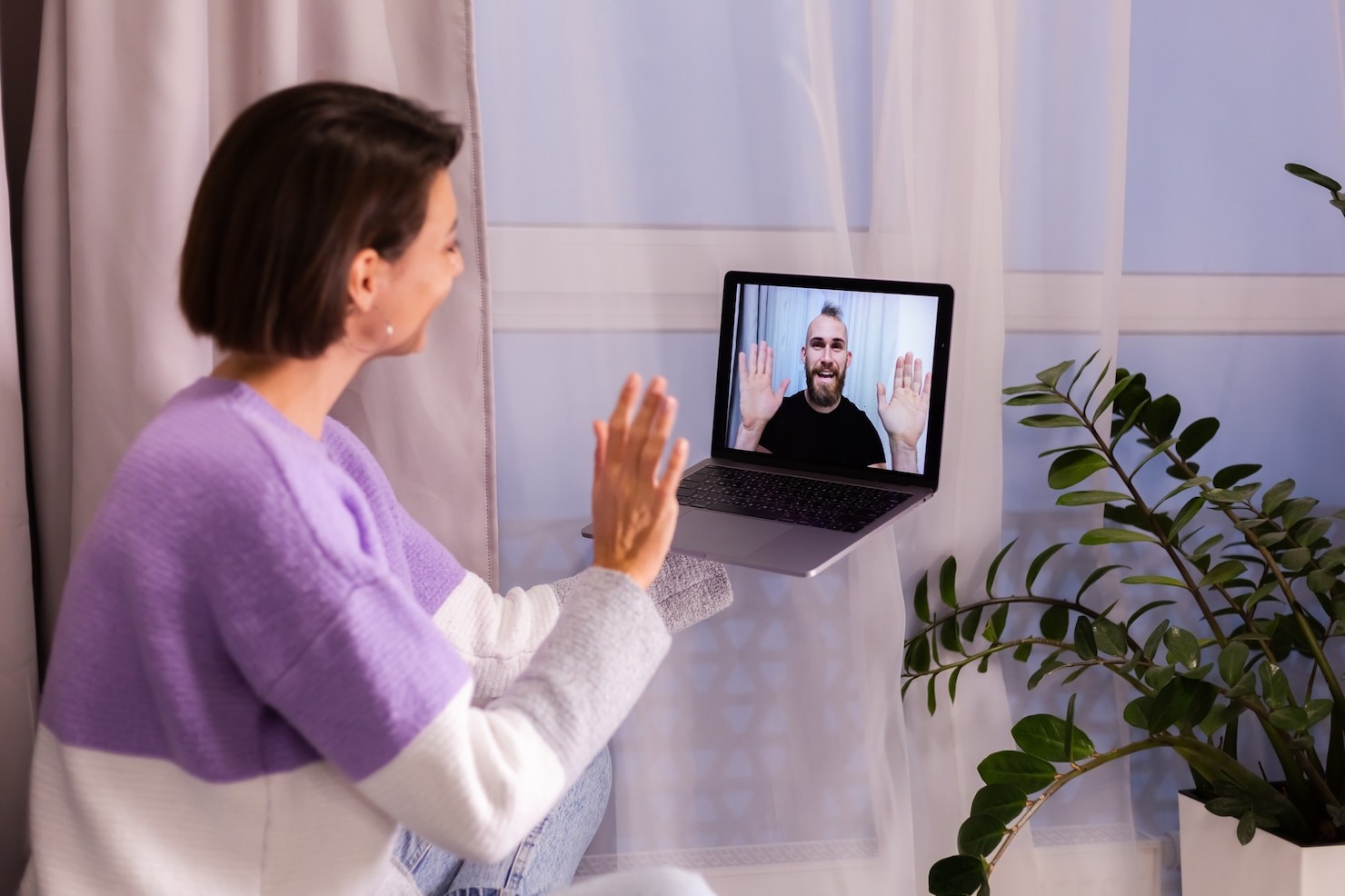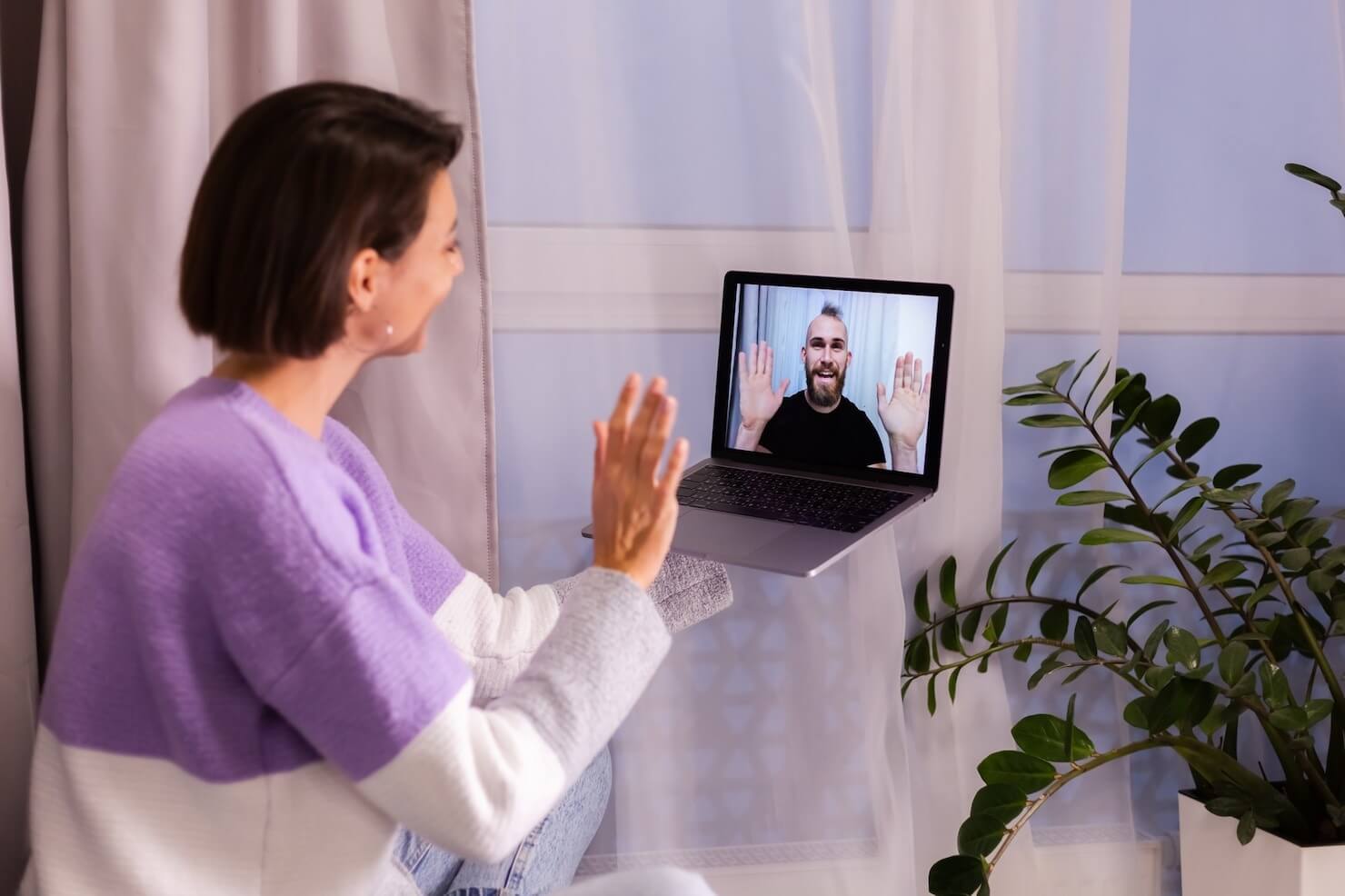With technological advancements accelerating over the past few years, virtual therapy has grown in popularity as a convenient, accessible alternative to traditional in-person counseling. In 2025, mental health professionals and patients alike are increasingly turning to virtual platforms for therapy sessions, raising a critical question: is virtual therapy as effective as in-person sessions?
While face-to-face therapy has long been the norm, the pandemic highlighted the potential of virtual therapy. Since then, improvements in telemedicine, enhanced virtual platforms, and an increased emphasis on mental health accessibility have pushed virtual therapy into the mainstream. This article explores the effectiveness of virtual therapy in 2025, comparing it to traditional in-person sessions, and evaluates its benefits and challenges.
The Evolution of Virtual Therapy
Virtual therapy, also known as teletherapy, involves conducting therapy sessions through digital platforms, such as video calls, chat-based messaging, or even virtual reality environments. It originally emerged as a solution for those with limited access to in-person care due to geographic, financial, or logistical constraints.
In the years following the pandemic, virtual therapy platforms saw significant improvements in terms of user experience and technological capability. As of 2025, many platforms now offer features like AI-powered mental health assessments, VR-based therapy sessions for immersive experiences, and on-demand access to licensed therapists.
What began as a stopgap measure for mental health support has now transformed into a well-established mode of treatment, especially for younger generations accustomed to technology-mediated communication.
Comparing Effectiveness: Virtual vs. In-Person Therapy

Research on Virtual Therapy
Multiple studies have been conducted over the past decade to evaluate the effectiveness of virtual therapy compared to traditional in-person methods. Overall, findings indicate that virtual therapy is effective for treating many mental health conditions, including anxiety, depression, post-traumatic stress disorder (PTSD), and substance abuse disorders.
A meta-analysis published in 2023 showed that virtual cognitive behavioral therapy (CBT) produced similar outcomes as in-person CBT for reducing symptoms of anxiety and depression. Similarly, virtual therapy has been effective for managing trauma and stress, particularly when paired with structured, evidence-based treatments.
The Benefits of Virtual Therapy
Virtual therapy offers several unique benefits that make it appealing, especially in the modern era:
- Accessibility and Convenience: Virtual therapy eliminates the need for travel, making it accessible for individuals in remote areas or those with mobility issues. It also allows flexibility in scheduling, with many platforms offering evening or weekend sessions, making it easier to fit therapy into a busy schedule.
- Reduced Stigma: For individuals who may feel hesitant to seek mental health support due to societal stigma, virtual therapy provides a more private and less intimidating alternative. It can also appeal to those who find face-to-face interactions difficult or anxiety-inducing.
- Wider Range of Therapists: Virtual therapy removes geographic limitations, giving individuals access to a broader pool of therapists. This allows patients to select specialists who may not be available locally or to seek culturally competent therapy that aligns with their needs.
- Comfort of Home: Many patients report feeling more comfortable attending therapy from their own home, surrounded by familiar settings, which can create a more relaxed atmosphere conducive to open discussions.
- Technology-Enhanced Experiences: Advanced features like AI-powered mental health tracking or virtual reality (VR) therapy sessions have started to gain traction in 2025. For example, VR exposure therapy for anxiety and PTSD allows patients to engage in immersive environments designed to simulate real-life situations that cause distress, helping them to desensitize over time.
The Limitations of Virtual Therapy
While virtual therapy offers numerous advantages, it’s not without its challenges:
- Lack of Physical Presence: Some patients and therapists argue that the physical presence in a therapy session fosters a stronger connection. Non-verbal cues, body language, and overall rapport may be harder to read and establish in a virtual setting, potentially leading to less emotional intimacy.
- Technical Difficulties: Internet connectivity issues, lag, and glitches during video calls can disrupt the flow of a session, reducing its effectiveness. This can be frustrating for both therapists and clients, particularly if emotional breakthroughs are interrupted by technology malfunctions.
- Suitability for Certain Conditions: Some mental health conditions, particularly those requiring intensive in-person support (such as severe trauma, psychosis, or suicidal ideation), may be better managed in a face-to-face setting. In such cases, the immediacy of in-person care and the ability to intervene physically, if needed, are significant advantages.
- Boundaries Between Personal and Professional Life: Some individuals may struggle with setting boundaries between their home environment and therapy. Without a dedicated space, therapy at home may be prone to distractions, reducing its overall efficacy. Additionally, discussing sensitive issues from home may be uncomfortable if other household members are present.
Hybrid Models: The Best of Both Worlds?
As virtual therapy continues to evolve, many therapists and patients are exploring hybrid models, where a combination of virtual and in-person sessions is used. This allows for greater flexibility and personalization, where patients can attend virtual sessions when convenience is a priority but still schedule in-person visits for more complex or emotionally intensive discussions.
This hybrid model seems particularly beneficial for maintaining continuity of care when patients travel, have busy schedules, or face temporary restrictions (such as illness). In 2025, many therapy platforms offer seamless transitions between virtual and in-person appointments, allowing therapists to cater to the preferences of their clients.
Virtual Therapy Platforms: What to Expect in 2025

Therapy platforms have significantly evolved in 2025, with many offering innovative features that make therapy more effective and accessible. Some of the top features include:
- AI-Powered Assessments: Many virtual therapy platforms now offer AI-driven assessments to gauge a patient’s mental health status before sessions. This data-driven approach allows therapists to adjust treatment plans in real time, providing personalized care.
- On-Demand Therapy: In response to rising demand, some platforms offer on-demand therapy options, allowing patients to connect with a therapist at any time, day or night. This is particularly helpful for individuals experiencing acute stress or needing immediate support.
- Virtual Reality (VR) Therapy: VR therapy has expanded in 2025, allowing patients to immerse themselves in virtual environments designed to tackle specific mental health conditions, such as phobias, anxiety, or PTSD. VR exposure therapy is one of the most promising developments in mental health treatment.
- Improved Privacy and Security: With advancements in encryption and cybersecurity, patients can feel more confident about the privacy of their therapy sessions. Many platforms now offer end-to-end encryption, ensuring that sensitive information remains secure.
Conclusion: Is Virtual Therapy as Effective as In-Person Sessions?
In 2025, virtual therapy has proven to be a highly effective option for many individuals, particularly those seeking flexibility, accessibility, and convenience. Research shows that for most common mental health conditions, virtual therapy delivers outcomes comparable to in-person therapy, with the added benefits of technology-driven tools and wider accessibility.
However, virtual therapy may not be suitable for every situation, particularly when treating severe mental health conditions that require a more hands-on approach. As the mental health landscape continues to evolve, hybrid models combining both virtual and in-person therapy may offer the best of both worlds, ensuring that patients receive the support they need, regardless of location or circumstance.
Frequently Asked Questions (FAQs)
Q1: Can virtual therapy be as effective as in-person therapy?
Yes, research shows that virtual therapy is effective for treating common mental health conditions such as anxiety, depression, and PTSD. However, it may not be suitable for severe mental health conditions requiring immediate or hands-on intervention.
Q2: What types of therapy are best suited for virtual sessions?
Cognitive behavioral therapy (CBT), mindfulness-based therapy, and talk therapy are all well-suited for virtual platforms. VR therapy is also becoming popular for treating phobias, anxiety, and PTSD.
Q3: Are virtual therapy sessions private and secure?
Yes, most virtual therapy platforms in 2025 offer end-to-end encryption and enhanced cybersecurity measures to ensure patient confidentiality and privacy during sessions.
Q4: What are the main challenges of virtual therapy?
Some challenges include technical difficulties like poor internet connectivity, reduced ability to read body language, and a lack of physical presence, which can impact emotional intimacy during sessions.
Q5: Can I switch between virtual and in-person therapy?
Yes, many therapists offer hybrid models, allowing clients to alternate between virtual and in-person sessions depending on their needs and preferences.




